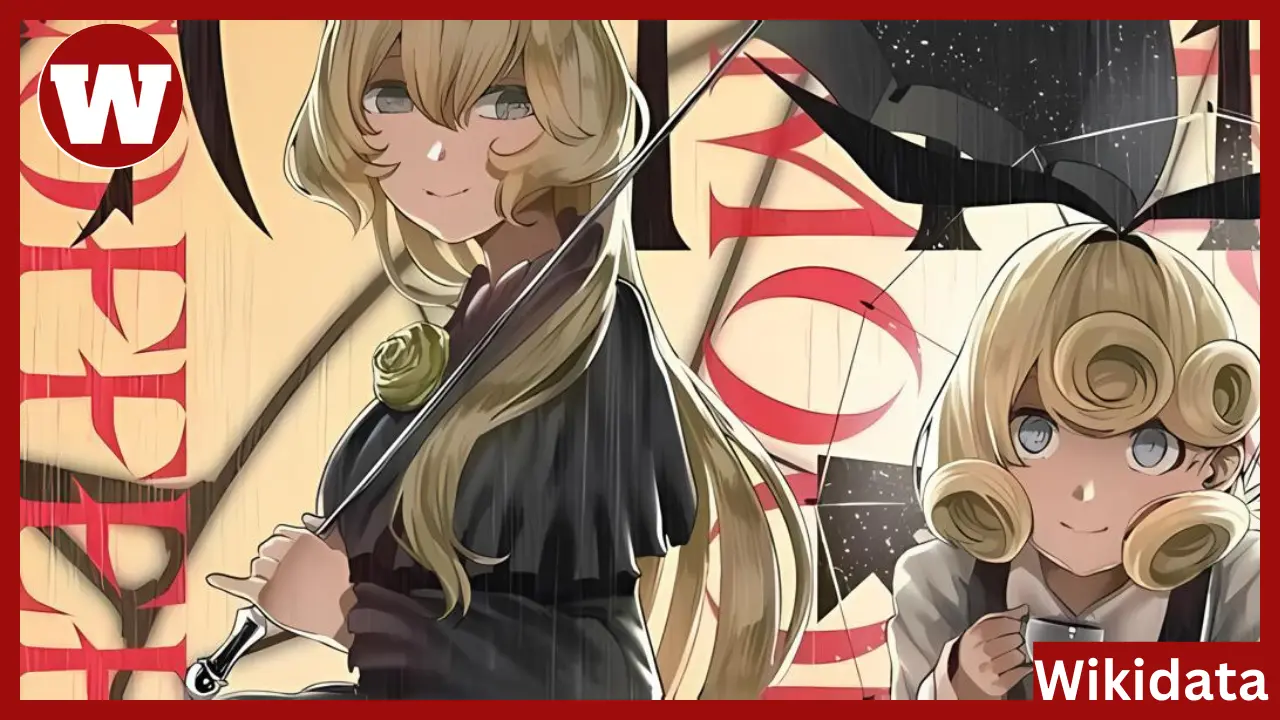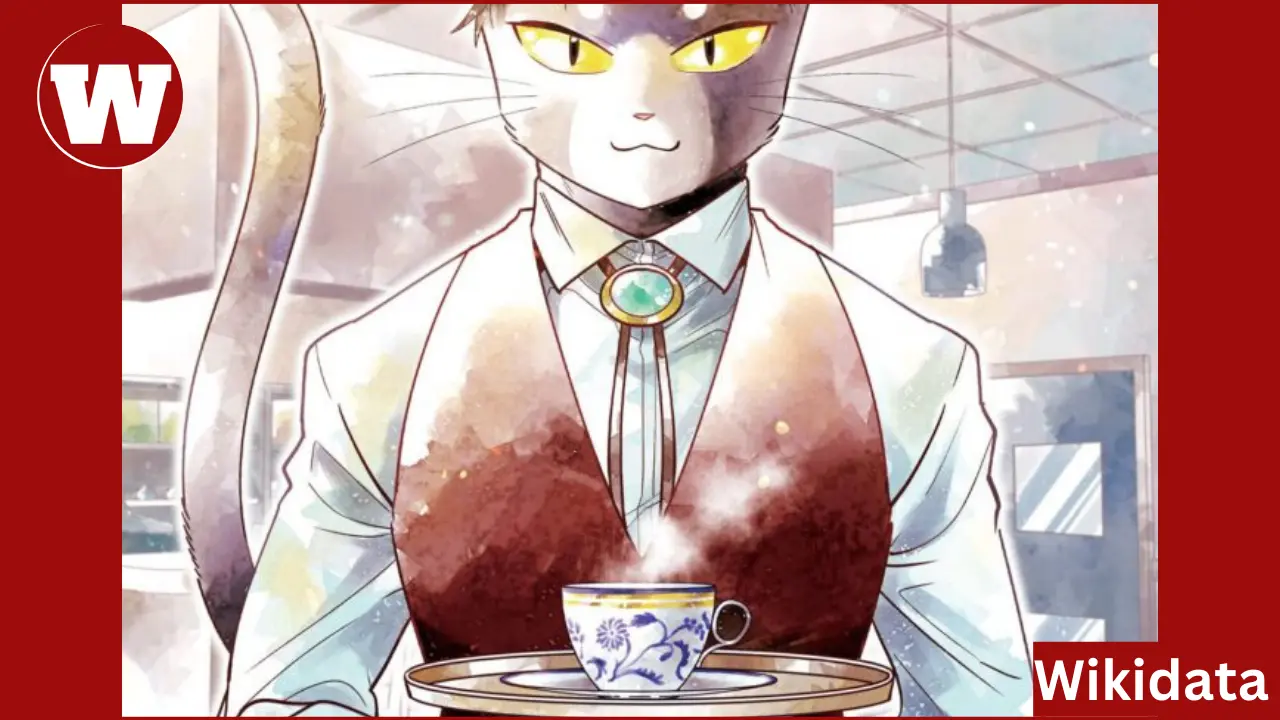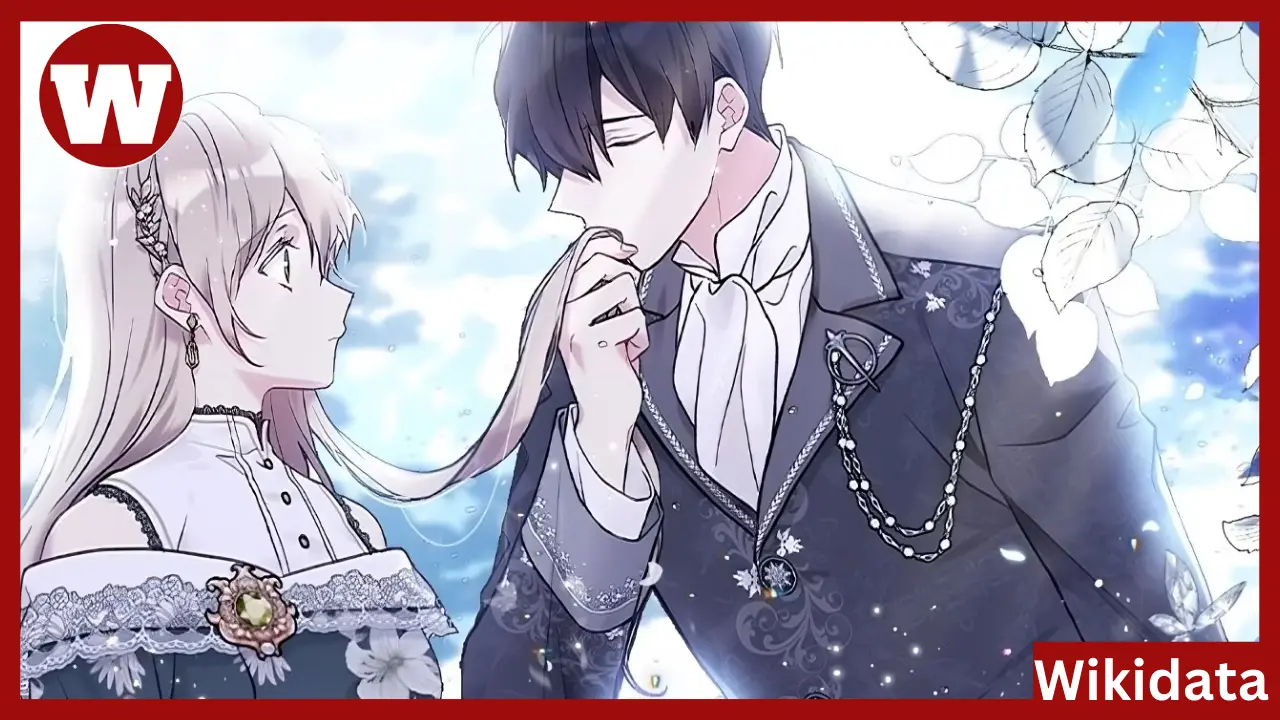What is Coffeemanga?
Defining Coffeemanga: More than Just a Drink
Coffeemanga is a subgenre of manga where coffee, coffeehouses, or coffee-related activities serve as a central theme in the storyline. The genre covers a range of topics, from the intricate process of brewing coffee to the social and personal connections that form in cafés. Unlike other manga genres that may have coffee as a background element, coffee manga places coffee front and center, emphasizing its role as more than just a drink but a catalyst for relationships, personal growth, and even cultural exploration.
The stories often feature cafés as the primary setting, where characters work, interact, or relax. Some of these mangas even delve into the technical aspects of coffee-making, giving readers insight into the methods used to brew the perfect cup. These settings become spaces of interaction, where characters bond over their shared love of coffee, making it a vital aspect of the narrative.
While it is easy to assume that coffeemanga targets a niche audience, the appeal of these stories is far-reaching. The relatable themes of friendship, love, and discovery resonate with a broader audience, offering an intimate look into the world of coffee and its influence on the characters’ lives. Thus, coffee manga is more than just a series of stories about coffee—it’s a reflection of the important role that this beverage plays in our daily lives.
Origins and Early Examples of Coffeemanga
Coffeemanga can trace its origins back to the growing popularity of coffee in Japan during the late 20th century. As Western influence increased and coffee became a staple beverage, cafés started popping up in urban areas across the country. This café culture soon found its way into manga, where coffee began to feature more prominently in everyday scenes. Initially, coffee served as a background detail—something a character might enjoy while discussing matters of importance or as a subtle indication of their sophistication.
However, as the café culture grew, so did the representation of coffee in manga. Some early examples include stories set in charming coffee shops where the protagonist might meet a friend or work as a barista. Over time, coffeemanga evolved into its own genre, with entire storylines dedicated to exploring the nuances of coffee culture, from the artistry of brewing to the quiet moments shared over a cup of coffee.
Popularity and Expansion in Modern Manga
In recent years, coffee manga has expanded rapidly, capturing the imaginations of both manga fans and coffee enthusiasts alike. Today, there are numerous manga titles that delve deeply into coffee-related themes, and many have found dedicated followings. The genre’s growth reflects broader cultural trends, particularly the global rise of specialty coffee. As more people become interested in the craftsmanship behind their favorite beverages, coffee manga offers an accessible, engaging way to explore the world of coffee through the lens of Japanese storytelling.
The genre has also benefited from the increasing availability of manga in digital formats, allowing international audiences to enjoy these stories. Whether it’s a series that follows the life of a dedicated barista or a romantic storyline set in a cozy café, coffeemanga appeals to readers who appreciate both good storytelling and the pleasures of a well-crafted cup of coffee.
The Main Elements of Coffeemanga
The Role of the Café as a Central Setting
One of the defining features of coffeemanga is the café setting. In these stories, the café often serves as more than just a backdrop—it becomes a character in its own right, shaping the narrative and influencing the lives of the characters. The café is typically depicted as a warm, inviting space where people from all walks of life gather. Whether it’s a bustling urban coffee shop or a quiet, hidden gem in the countryside, the café is a place of comfort, discovery, and connection.
The depiction of cafés in coffeemanga is often highly detailed, with an emphasis on the atmosphere. The soft hum of conversation, the aroma of freshly brewed coffee, and the sound of espresso machines are all meticulously captured, immersing readers in the café experience. This attention to detail enhances the realism of the stories and draws readers into the world of the characters, making them feel as though they are sitting right there, enjoying a cup of coffee alongside them.
Cafés in coffeemanga often serve as meeting places for friends, lovers, and even strangers. They are spaces where relationships are formed, conflicts are resolved, and personal growth occurs. The café becomes a symbol of community and belonging, where people can take a break from their busy lives and enjoy a moment of peace. In this way, coffeemanga captures the essence of what makes cafés so special—their ability to bring people together.
Character Development Through Coffee
In many coffeemanga series, coffee is not just a beverage—it’s a vehicle for character development. Characters are often portrayed as baristas, coffee shop owners, or regular customers, each with their own unique relationship to coffee. For some, coffee represents a passion or career, while for others, it serves as a symbol of comfort or personal growth.
The act of making coffee is frequently depicted as an art form, requiring skill, patience, and dedication. Characters who work as baristas are often shown honing their craft, learning new techniques, and perfecting their coffee-making abilities. This process of mastering the art of coffee is often paralleled with the character’s personal development, as they face challenges, overcome obstacles, and grow as individuals.
Coffee also serves as a medium for interaction and connection between characters. Whether it’s a quiet conversation over a cup of coffee or a shared moment of reflection, coffee facilitates meaningful interactions and deepens the relationships between characters. In this way, coffeemanga uses coffee as a symbol of both personal and relational growth, making it an integral part of the storytelling process.
Coffee as a Symbol of Personal Reflection
Beyond its role in character development and social interaction, coffee in coffeemanga often serves as a symbol of personal reflection. Many coffeemanga stories feature moments where characters take a break from the hustle and bustle of life to enjoy a quiet cup of coffee. These moments of solitude provide characters with the space to reflect on their lives, their choices, and their relationships.
The act of drinking coffee becomes a ritual of self-care and introspection, allowing characters to slow down and process their thoughts. This theme of personal reflection is often accompanied by rich, detailed illustrations of coffee being brewed, poured, and savored, emphasizing the sensory experience of coffee drinking. For readers, these scenes offer a moment of calm and contemplation, mirroring the characters’ journeys of self-discovery.
Iconic Coffeemanga Titles
Coffee Moon

One of the standout titles in the coffeemanga genre is Coffee Moon, a series that takes the relationship between coffee and its characters to new heights. The story revolves around a protagonist who works in a coffee shop that is anything but ordinary. In this world, coffee is imbued with a mystical quality that can influence emotions, memories, and even time itself. The café becomes a central hub where the characters’ lives intersect, and each cup of coffee holds a deeper meaning.
What sets Coffee Moon apart is its detailed attention to the brewing process and the various types of coffee served in the café. Readers are treated to beautiful illustrations of coffee being ground, brewed, and poured, creating an immersive experience that brings the café setting to life. The narrative weaves together elements of fantasy, romance, and mystery, making it a compelling read for both coffee lovers and manga enthusiasts.
Barista Days

Another popular coffeemanga series, Barista Days, focuses on the journey of a young barista who dreams of mastering the art of coffee brewing. The story explores the challenges and rewards of working in a café, from dealing with difficult customers to learning the intricacies of different coffee beans and brewing methods. Along the way, the protagonist forms close bonds with fellow baristas and regular customers, each of whom has a unique connection to coffee.
Barista Days is known for its educational aspect, with detailed explanations of coffee-making techniques and the science behind brewing the perfect cup. For readers who are passionate about coffee, the series offers a wealth of information, making it both entertaining and informative. The characters’ personal growth is closely tied to their experiences with coffee, making it a heartwarming and relatable story.
Latte Love Stories

Latte Love Stories Latte Love Stories is a lighthearted coffeemanga series that blends romance with the daily life of working in a café. The story focuses on the lives of several baristas and their romantic entanglements, all centered around the café they work in. Coffee plays a key role in the storylines, as characters use their skills to impress each other or to create special moments over a carefully brewed cup of coffee.
The series stands out for its charming depiction of café culture, with each chapter presenting a new coffee-related challenge or romantic misunderstanding. The café serves as a backdrop to budding relationships, and coffee becomes a metaphor for the complexity and richness of human connections. Readers are drawn into the warm, cozy atmosphere of the café, making Latte Love Stories a feel-good read that’s perfect for fans of romance and coffee alike.
The Cultural Impact of Coffeemanga
Influence on Café Culture in Japan
Coffeemanga has had a noticeable impact on café culture in Japan, particularly among younger audiences who are drawn to the romanticized depictions of coffee shops in the manga. As these stories often highlight the beauty of café life—the slow brewing process, the art of latte making, and the intimate connections formed over coffee—readers become more appreciative of the café experience in real life. This has led to a rise in café-inspired activities, where fans of coffeemanga visit coffee shops not just for the drink, but for the atmosphere and sense of community.
In Japan, there has been a growing trend of themed cafés that cater to manga fans, some of which take inspiration from popular coffeemanga series. These cafés often replicate the aesthetic and ambiance of the ones depicted in the manga, allowing fans to step into the world of their favorite stories. This blend of fiction and reality has contributed to the increasing popularity of cafés as social spaces, where people can relax, read, and enjoy a moment of reflection—just like the characters in coffeemanga.
Expansion Beyond Japan: A Global Phenomenon
While coffee manga originated in Japan, its influence has spread globally, thanks in large part to the rise of digital manga platforms and the growing interest in Japanese culture worldwide. International readers have embraced coffeemanga for its unique combination of storytelling and coffee culture, and the genre has found dedicated fanbases in countries with rich coffee traditions, such as Italy, Brazil, and the United States.
The universality of coffee as a social and cultural staple has allowed coffeemanga to resonate with audiences around the world. Many international cafés have even embraced the trend, hosting manga-themed events or offering special drinks inspired by popular coffeemanga titles. This cross-cultural exchange has further solidified the genre’s place in both the manga and coffee communities, creating a space where fans of both can come together.
The Role of Coffeemanga in Promoting Specialty Coffee
Coffeemanga has also played a role in promoting specialty coffee, particularly among younger generations who may not have been previously interested in the technical aspects of coffee-making. Through detailed depictions of brewing techniques, the selection of coffee beans, and the artistry of latte art, coffeemanga educates readers on the intricacies of specialty coffee, making it more accessible and appealing to a broader audience.
As readers follow the journeys of characters who are passionate about coffee, they often become more curious about the world of specialty coffee themselves. This has led to a growing interest in artisanal coffee shops, home brewing methods, and the exploration of different coffee flavors and brewing styles. In this way, coffeemanga serves as both entertainment and education, fostering a deeper appreciation for the craft of coffee-making.
Coffee in Japanese Culture
The History of Coffee in Japan
Coffee was introduced to Japan in the 17th century by Dutch traders, but it wasn’t until the late 19th century that the beverage began to gain popularity. Initially viewed as a Western curiosity, coffee gradually became a staple of urban life, particularly in Tokyo. By the 1920s, coffeehouses, known as kissaten, began to flourish in Japan, offering a space for intellectuals, artists, and writers to gather and discuss ideas over a cup of coffee.
The kissaten became an integral part of Japanese café culture, and its influence can still be seen today in both traditional coffeehouses and modern cafés. Over the years, Japan has developed its own unique coffee culture, blending Western influences with traditional Japanese values of hospitality and attention to detail. This cultural fusion is reflected in coffeemanga, where the act of making and enjoying coffee is often depicted as a thoughtful, almost meditative experience.
Coffee and the Japanese Aesthetic
In Japanese culture, there is a strong emphasis on aesthetics and the appreciation of beauty in everyday life. This sensibility is evident in the way coffee is portrayed in coffeemanga, where the process of brewing and serving coffee is often depicted as an art form. The meticulous attention to detail, the careful selection of beans, and the precision of the brewing process all contribute to the creation of a cup of coffee that is not only delicious but also visually pleasing.
This focus on aesthetics is also reflected in the café settings, which are often portrayed as serene, beautifully designed spaces. Whether it’s a traditional kissaten or a modern specialty café, the ambiance of the café plays a crucial role in the narrative, providing a backdrop for the characters’ interactions and personal growth. In this way, coffeemanga captures the Japanese appreciation for both the beauty of the every day and the art of coffee-making.
Conclusion
Coffeemanga represents a fascinating intersection of coffee culture and storytelling, offering readers a unique blend of art, character development, and the appreciation of a good cup of coffee. Through its detailed depictions of cafés, baristas, and the brewing process, coffeemanga not only entertains but also educates readers on the intricacies of coffee culture. Whether you’re a coffee enthusiast, a manga fan, or simply someone who enjoys a well-told story, coffeemanga offers something for everyone.
As the genre continues to grow in popularity, it has the potential to influence both the manga and coffee industries, bringing these two worlds even closer together. For readers, coffeemanga provides a space to explore the connections between coffee, community, and personal growth, all within the pages of a beautifully illustrated story.
In a world where coffee is more than just a beverage, but a symbol of connection and reflection, coffeemanga captures the essence of what makes coffee—and the café experience—so special. So the next time you sit down with a cup of coffee and a good book, consider reaching for a coffeemanga and immerse yourself in a world where coffee and storytelling go hand in hand.
FAQs
What is coffeemanga?
Coffeemanga is a genre of manga where coffee and café culture play a central role in the storyline. It explores themes related to coffee-making, café life, and the personal growth of characters through their coffee connection.
How did coffeemanga become popular?
Coffeemanga gained popularity as café culture grew in Japan, and it has since expanded globally, thanks to the increasing interest in both specialty coffee and Japanese manga.
What are some famous coffeemanga titles?
Popular coffeemanga titles include Coffee Moon, Barista Days, and Latte Love Stories, each offering unique takes on the relationship between coffee and the characters’ lives.
How does coffeemanga reflect Japanese coffee culture?
Coffeemanga often depicts coffee as an art form, reflecting the Japanese appreciation for craftsmanship and aesthetics. The café settings in these mangas are also portrayed as serene, thoughtfully designed spaces that promote connection and reflection.
Can coffeemanga help me learn more about coffee?
Yes, many coffeemanga series provide detailed information about coffee-making techniques, different brewing methods, and the selection of coffee beans, making it a great way to learn more about specialty coffee.
Why is coffee such a central theme in coffeemanga?
Coffee serves as a symbol of personal reflection, community, and craftsmanship in coffeemanga, making it an ideal vehicle for exploring themes related to relationships, growth, and the beauty of everyday life.

